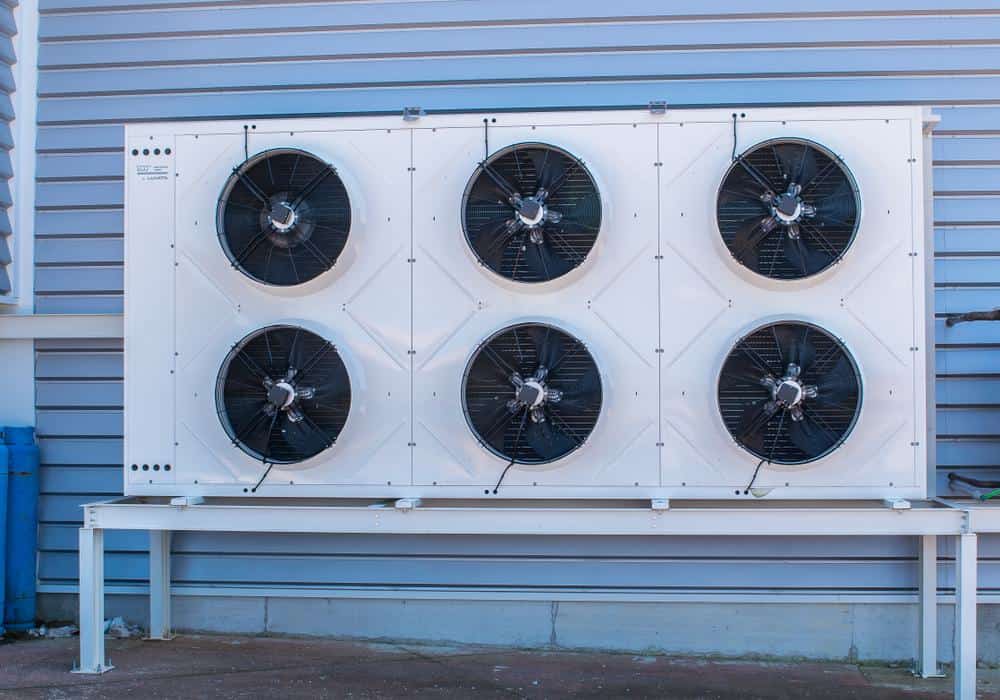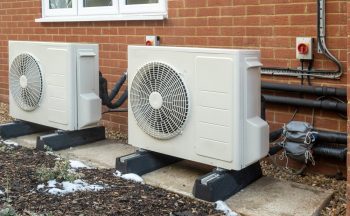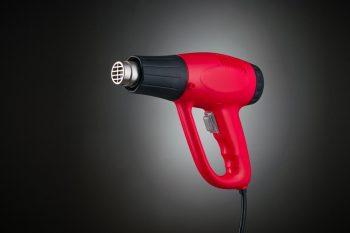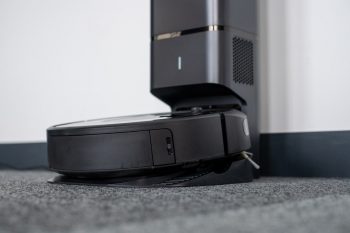
In an air conditioning system, refrigerant plays a pivotal role in cooling your home or office. But where does refrigerant go in an AC unit? How does it work, and why is it so important? This article aims to explore these questions, providing comprehensive insight into the role of refrigerant in an AC unit and its path through the cooling system.
The refrigerant in an AC unit goes into the system’s closed-loop, which includes the compressor, condenser, expansion valve, and evaporator. It absorbs heat from the indoor air in the evaporator, then moves to the compressor where it’s compressed and heated. The hot refrigerant releases heat in the condenser, changes from a gas to a liquid, and then moves through the expansion valve where it expands and cools. Finally, it returns to the evaporator to repeat the cycle.
What is the Role of Refrigerant in an AC Unit?
The primary role of refrigerant in an AC unit is to absorb heat from the indoor air and transport it to the outdoor unit, thus cooling the air inside the building. Refrigerant is a chemical blend designed to easily shift between liquid and gas states. This makes it ideal for air conditioning systems as it doesn’t require significant amounts of energy to cause the phase shift.
The refrigerant is found inside the air conditioner’s copper coils. It absorbs heat from the indoor air, changing from a low-pressure gas to a high-pressure liquid. The air conditioner then sends the refrigerant outside, where a fan blows hot air over the coils and exhausts it to the exterior. As the refrigerant cools down, it turns back into a low-pressure gas. A second fan inside the building blows air over the cool coils, distributing the resulting cool air throughout the space. This cycle repeats to maintain a comfortable temperature inside the building.
The Path Refrigerant Takes in an AC Unit
The refrigerant in an AC unit is located within the closed-loop system, which includes the compressor, condenser, expansion valve, and evaporator. The refrigerant circulates through these components, absorbing heat from the indoor air and releasing it outside.
Here’s a step-by-step look at how refrigerant moves through an AC unit:
- Compressor: The cycle begins in the compressor, where the refrigerant is compressed. This process increases its pressure and temperature, turning it into a high-pressure gas.
- Condenser: The hot, high-pressure refrigerant then flows into the condenser. Here, it releases heat and changes from a gas to a liquid.
- Expansion valve: The now liquid refrigerant moves through the expansion valve, where its pressure drops, causing it to expand and cool.
- Evaporator: Finally, the refrigerant enters the evaporator. Here, it absorbs heat from the surrounding air and evaporates back into a gas.
- Return to the compressor: The refrigerant gas returns to the compressor, and the cycle repeats.
Common Types of Refrigerants
There are several types of refrigerants commonly used in AC units. The most common ones include R-22 (Freon), R-410A (Puron), R-407C, R-134a, and R-454B. Each refrigerant has different properties, and it’s important to use the one recommended by your AC unit’s manufacturer.
Signs Your Refrigerant Needs to be Refilled or Replaced
If your AC unit isn’t cooling properly, it might be due to low refrigerant levels. Signs of low refrigerant can include warm air coming from the vents, decreased airflow, ice buildup on the refrigerant line, and increased humidity in your home. If you notice any of these signs, it’s best to call a professional to inspect and repair your system.
The Importance of Proper Refrigerant Maintenance
Proper maintenance of refrigerant is crucial for the efficiency and longevity of your AC unit. Improperly maintained refrigerant can lead to several potential issues, including toxicity, flammability, asphyxiation, physical hazards, malfunctioning AC systems, and environmental impact. It’s essential to ensure proper installation, regular maintenance, and timely repair of your AC unit to avoid these issues.
Conclusion
The refrigerant in an AC unit is crucial for its cooling function. It absorbs heat from the indoor air and releases it outside, thus cooling the air inside your home or office. Regular maintenance and timely repair of your AC unit can ensure the optimal functioning of the refrigerant and prolong the unit’s lifespan. If you suspect any issues with your AC unit’s refrigerant, it’s best to consult a professional to diagnose and fix the problem.
Frequently Asked Questions
What is the function of the compressor in an AC unit?
The compressor in an AC unit serves to compress the refrigerant, increasing its pressure and temperature. This turns it into a high-pressure gas.
What happens to the refrigerant in the condenser?
In the condenser, the hot, high-pressure refrigerant releases its heat and changes from a gas to a liquid state.
Why is R-22 (Freon) being phased out as a refrigerant?
R-22 (Freon) is being phased out due to its harmful effects on the ozone layer. Newer alternatives like R-410A (Puron) are more environmentally friendly.
What are some signs that my AC unit needs a refrigerant refill?
Signs of low refrigerant in your AC unit can include warm air coming from the vents, decreased airflow, ice buildup on the refrigerant line, and increased humidity in your home.
What are the potential issues associated with improperly maintained refrigerant?
Improperly maintained refrigerant can lead to several potential issues, including toxicity, flammability, asphyxiation, physical hazards, malfunctioning AC systems, and negative environmental impact.












